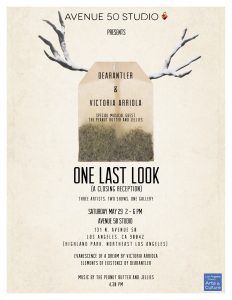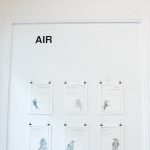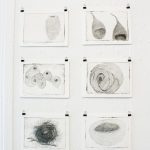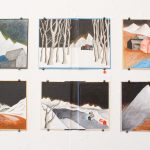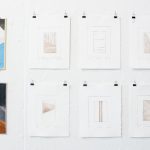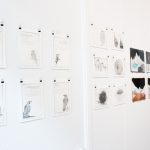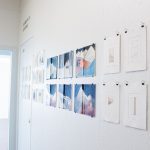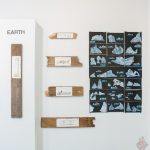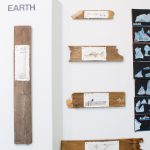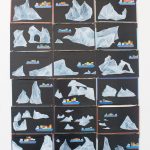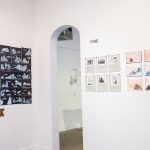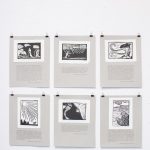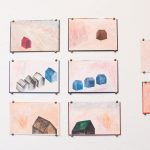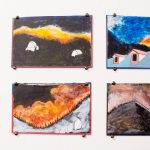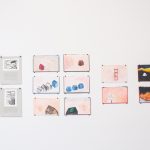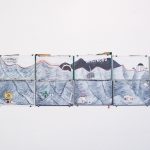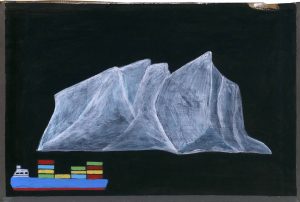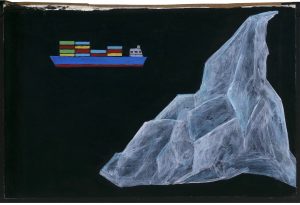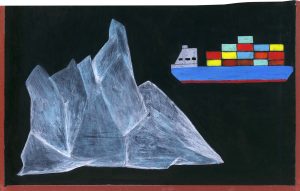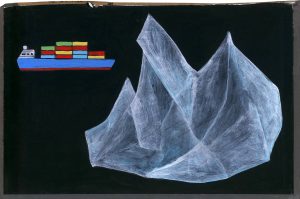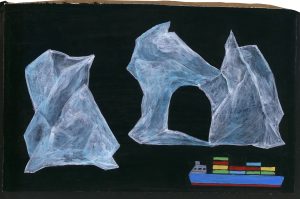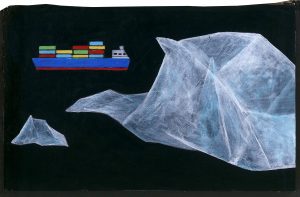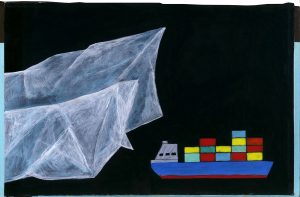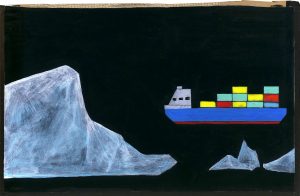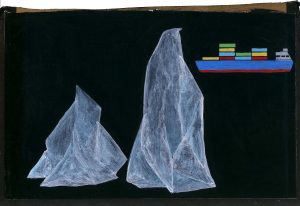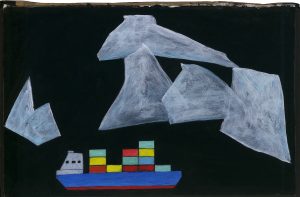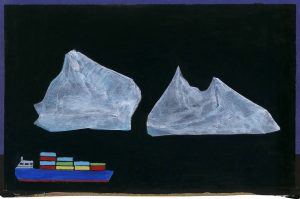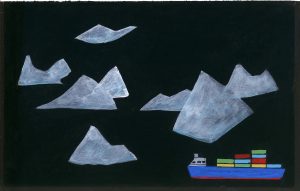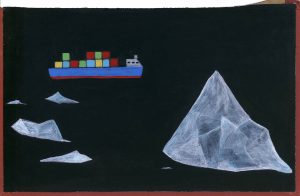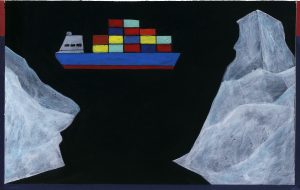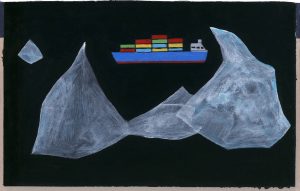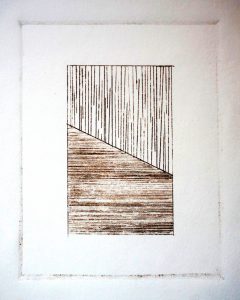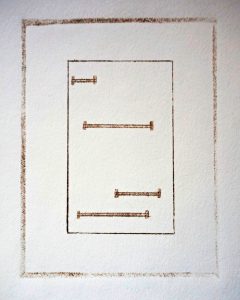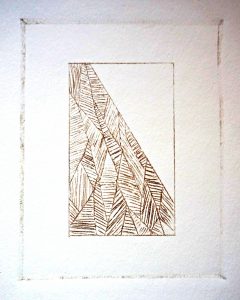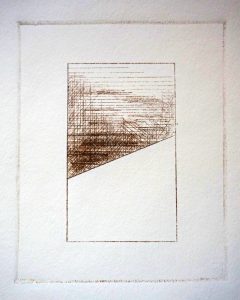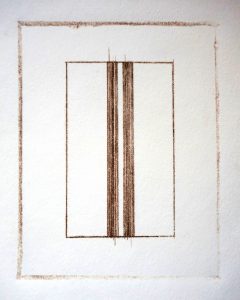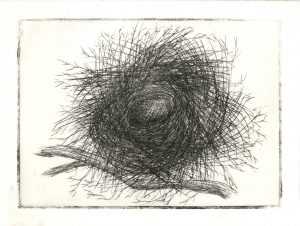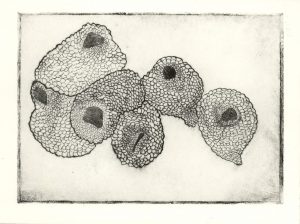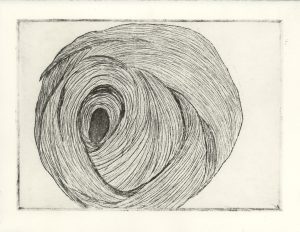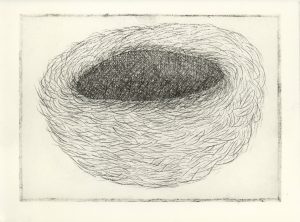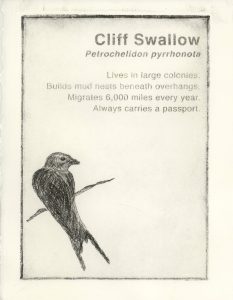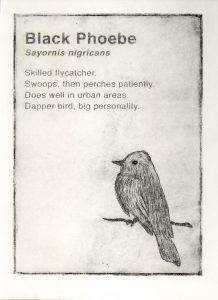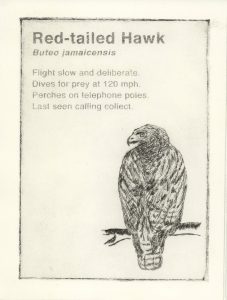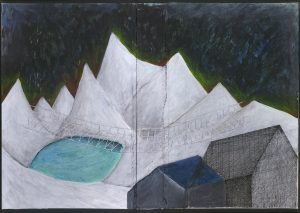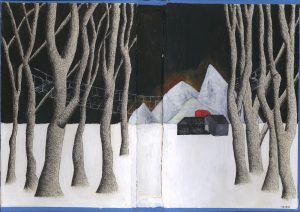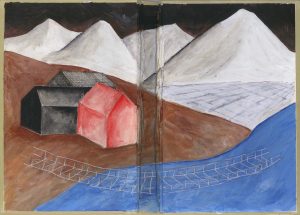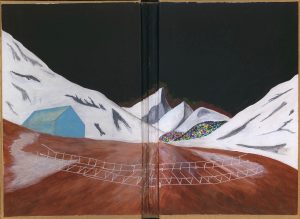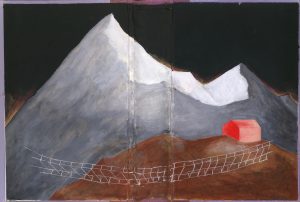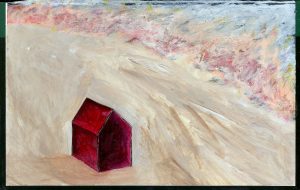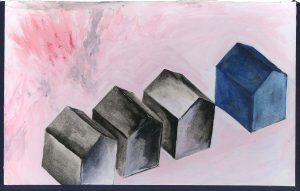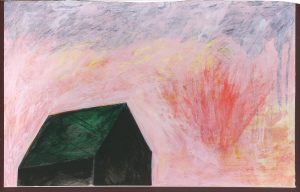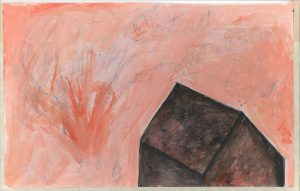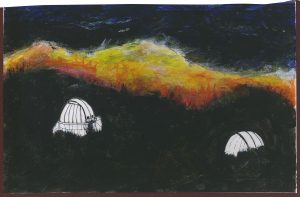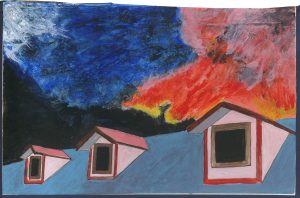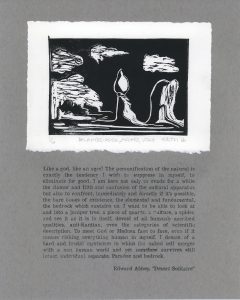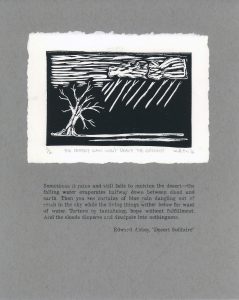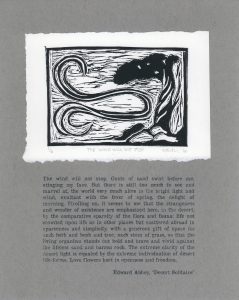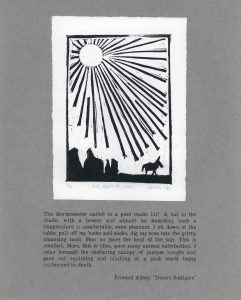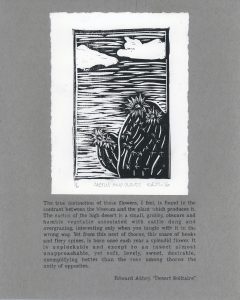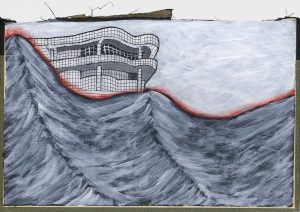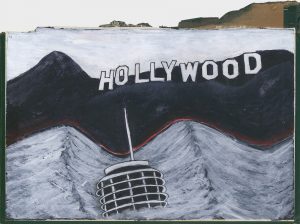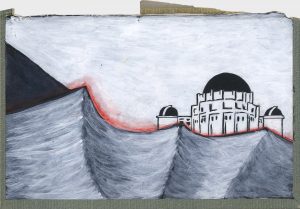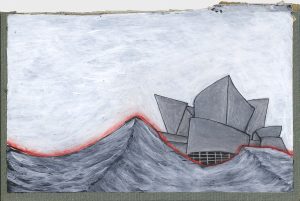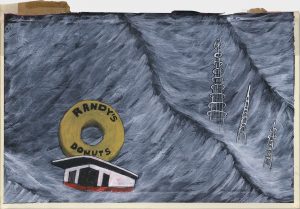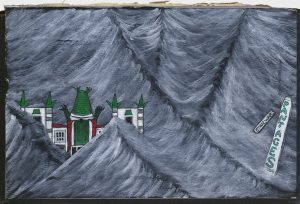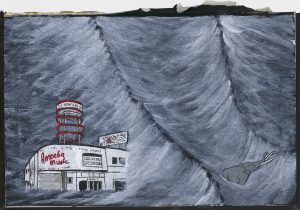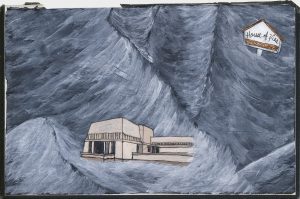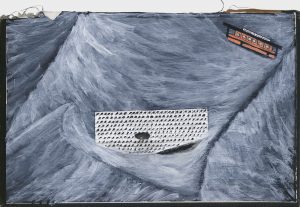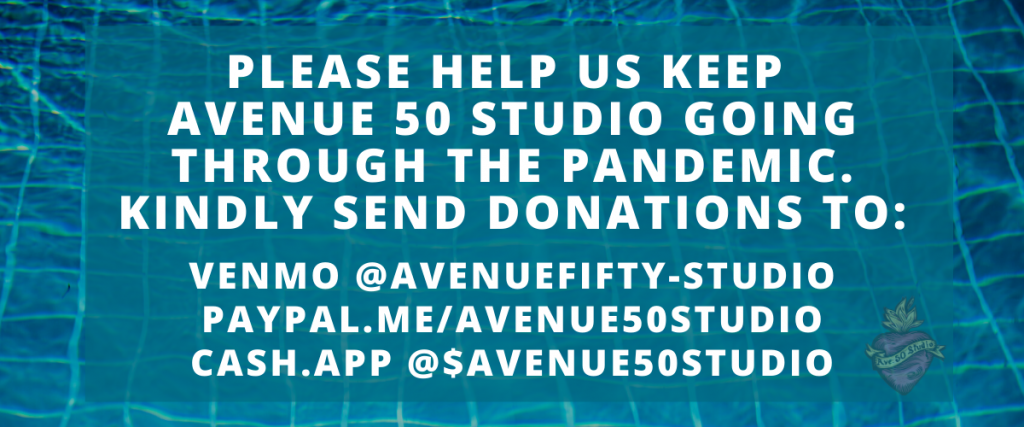
- This event has passed.
ELEMENTS OF EXISTENCE by dearantler
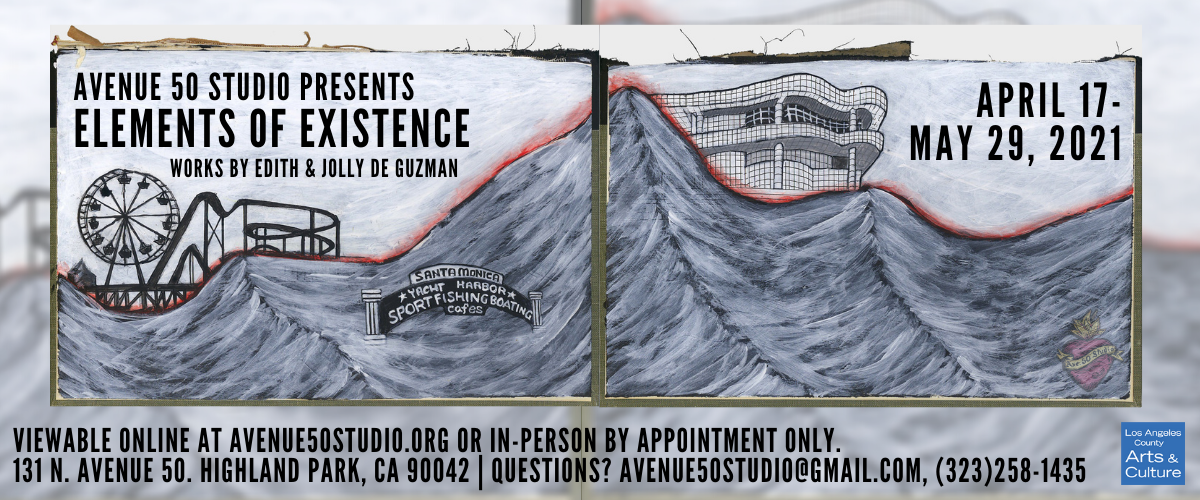
Temporary Gallery Hours:
Walk-ins everyday between 2-4PM (closed Fridays) | or by appointment
To Schedule an Appointment:
Please send an email to avenue50studio@gmail.com (subject: “GALLERY APPOINTMENT“) with information on what show you’d like to come see, what date, what time slot, how many people in your party and contact info (name, email, phone number). Please contact us at least 24 hours in advance.
Community Agreements:
Please only 5 visitors inside at a time.
Visits are limited to 45 minutes.
Mask required for entry.
Avenue 50 Studio
131 N. Avenue 50
Los Angeles, CA 90042
(Highland Park, Northeast Los Angeles)
avenue50studio@gmail.com | call (323)258-1435.
Free parking is available behind the building (enter through the dirt road driveway parallel to the train tracks), or the gallery is also located within walking distance from the Highland Park Metro Gold Line Station, and several Dash and Metro bus routes.
EVENTS:

The dearantler artist duo, Edith & Jolly de Guzman, take over Avenue 50 Studio’s Instagram Feed!
When?
Monday, May 17 – Friday, May 21, 2021
IG Live Event: Saturday, May 15, 2021 at 2PM (PST)
Where?
Avenue 50 Studio’s Instagram @Avenue50Studio
Closing Performance:
When? Saturday, May 29, 2021 2-6PM at Avenue 50 Studio!
A closing celebration with dearantler, Victoria Arriola & musical guests The Peanut Butter & Jellies!
Missed the closing performance? You can now check out the recording on dearantler’s YouTube! Bravo! Encore!
ABOUT THE EXHIBITION:
On view at Avenue 50 Studio’s Annex Gallery, this exhibition by the dearantler duo (Edith & Jolly de Guzman) will represent the elements of Earth, Air, Water and Fire within the gallery’s four walls. A gallery panoramic and video tour from the artists coming soon!
About the Artists:
Edith and Jolly de Guzman are the duo behind dearantler. Artists and avid travelers, they are a husband and wife team who thrive on sharing their love of life, beauty, nature, and art through interpretation in various media including photography, drawing, printmaking, watercolors, and words. They love exploring the less-traveled corners of the West and beyond, from the lowest desert valleys to the highest glacier-topped mountains. Their artwork tackles the relationship between humans and the environment, and the themes they address are often informed by Edith’s work as an environmental researcher-practitioner looking into the sustainable adaptation of cities in a changing climate. Their work is also informed by their individual experiences as immigrants to the US. Edith and Jolly met while working at the Getty Museum and have continued to make art a central part of their life together ever since. See more of their work and read art and travel blog posts written by their alter ego — an eight-point buck named Jed Antler — at dearantler.com.
Thank you to the LA County Dept. of Arts & Culture for helping us make this show possible.
CLICK HERE TO VIEW FULL PRICE LIST.
To purchase any works, please email avenue50studio@gmail.com.
INSTALLATION SHOTS:
Please click and drag the image for a 360 panoramic view of the gallery.
Thank you to Panoramic Eye for the 360!
Thank you to Panoramic Eye for the 360!
Please click and drag the image for a 360 panoramic view of the gallery.
Click thumbnails to enlarge.
Click thumbnails to enlarge.
EARTH:
Please click images to enlarge.
‘These Are a Few of My Favorite Things’ series (1-21):
A series of 21 book covers
Element: Earth
Acrylic + book covers
Approx. dimensions of each book 6.25” x 9.5”
$225 each
A commentary on our consumerism (signified by the imports, and material items on the container ships) and the effect on our environment (signified by melting icebergs and ice sheets). The icebergs and ice sheets are transforming from their past existence on of Earth’s surfaces, providing land and habitat, to now becoming water. This in turn contributes to rising sea levels elsewhere around the globe, which further reduces land area as more coastal zones are reclaimed by the ocean. The pandemic has fueled a rise in consumerism and shopping, which has astoundingly caused a shortage in availability of container ships. The environmental, social, and economic costs of our love affair with “a few of our favorite things” are being externalized, but by whom and where? Where does all of the waste involved in materials production, packaging, and transportation end up? These are costs we do not see. And at the end of the day, are we really any happier?
Please click images to enlarge.
- *SOLD* | Birds on wires | 3” x 15” | *SOLD*
- Black phoebe | 5.25” x 20″ | $150
- Cracked pavement | 5.5” x 29″ | $150
- Mourning doves (5.25” x 19”) $150
- California poppies | 36” x 5.25” | $175
‘Nature in the Anthopocene’ series:
5 watercolors mounted on found wood
Element: Earth
Watercolor, paper, wood
This series is a hyperlocal homage to the resilience of nature in the city. Each composition is inspired by something dearantler experienced within a block from home, which are then affixed on wood planks found in a discard pile near home.
AIR:
Please click images to enlarge.
- Rain
- Distance
- Elevation
- Light
- Connection
- Stillness
‘On the Essence of Mountains’ series:
A series of 6 prints
Element: Air
Intaglio
4″ x 5″ etching on 6.5″ x 8.5″ BFK paper
$40 each
This series of etchings pays homage to nature’s grandest cathedrals, its most heavenward sacred spaces: mountains. From the most inviting and verdant summits, to inhospitable thin-aired peaks far above timberline, mountains offer weary human souls a dose of the grandiose, a chance for renewal, a baptismal reconnection to our primeval roots of wandering lands high and low. The collection conveys the wilderness experience stripped down to its most elemental. The images show aspects of what one might enjoy if time were allowed to slow down and perception to become attuned in the mountains. In a departure from more traditional, representational imagery, the etchings offer abstract, simplistic, stylized interpretations of things both tangible and formless: rain, elevation, light, stillness, distance, and connection.
Please click images to enlarge.
- there’s a place waiting for you
- wishing i lived there
- you know me better than that
- please make me go outside
- miss you terribly already
- we’ll always be close
‘Empty Nests’ series:
A series of 6 prints
Element: Air
Intaglio
Paper Size: 6″ x 8″
Image size: 5″ x 7″
$75 each
A still, contemplative collection of prints featuring nests that are widely varied in form. The nests are unoccupied, luring the viewer in as though waiting for their tenants to return. Birds literally build their own homes — but each of us in some way builds our own home wherever we find ourselves. From our first “nest” as we’re reared by our parents, to the homes we live in throughout our lives, we spend our defining moments creating memories that tie largely to those places we call home. Home signifies comfort, safety and nourishment, as well as the possibility of healing from yesterday and greeting tomorrow anew.
Please click images to enlarge.
- cliff swallow
- black phoebe
- humming bird
- red tailed hawk
- california quail
- raven
‘What Kind of Bird Are You?’ series:
A series of 6 prints
Element: Air
Intaglio
Paper Size: 6″ x 8″
Image size: 5″ x 7″
$75 each
Using art and science in equal measure, this series reads like pages from a rudimentary bird guide published circa the golden age of the mimeograph. Each print includes a drypoint etching illustration of a bird looking over its shoulder, accompanied by solvent-transferred text conveying a few identifying traits (with some wit sprinkled in for good measure). The six species represent birds dearantler has encountered frequently, either around their Los Angeles stomping grounds or on travels through the Southwest.
The phrase “What kind of bird are you?” (famously spoken in Wes Anderson’s film Moonrise Kingdom) is meant as a self-reflective question to the reader and visitor, not just a rhetorical inquiry. While we seemingly have nothing in common with birds, they have different traits and personalities just like terrestrial bipeds and quadrupeds. We at dearantler would like to believe that some of these qualities transcend species categorization, uniting us to our feathered relatives in some small way.
Please click images to enlarge.
- king of the ice hole
- still for a day
- a reunion of sorts
- follow the river
- high as heaven
- high camp
‘Annapurna Circuit’ series:
A series of 6 books
Element: Air
Approx. dimensions of each book 8.5” x 12-12.75”
$300 each
The series uses the insides of hardcover books as canvases for stylized compositions featuring animated mountains and residential “teahouses.” These two elements appear in each of the paintings, interspersed together in a balance between nature and culture. Each painting also features a ghostly suspension bridge superimposed in silver in a manner that does not connect any part of the scene logically with another. Instead, each bridge seems to be an ethereal messenger, a reminder of the connections to the self and to others — the exploration and celebration of which are the essence of life.
The compositions show scenes from Nepal’s Annapurna Circuit, considered by some to be the best long-distance trek in the world. The AC begins in sub-tropical rainforest and follows an ancient trade route that passes through villages, rhododendron forests, river valleys, and up to a very high pass at nearly 18,000 ft, all the while surrounded by peaks of 25,000 ft or more. At such high elevations, one feels closer to the sky than to earth.
FIRE:
Borrowed from Dante’s Divine Comedy, the series is divided into three sets. The Golden State title refers not just to our state’s nickname, but to the golden/yellow-orange glow of the sky produced by unprecedented wildfires that have happened up and down California in recent years.
Please click images to enlarge.
Paradiso:
This set commemorates the destruction of the town of Paradise in Northern California in the devastating fire of 2018.
- all of me (paradise city)
- i can see clearly now (paradise city)
- in the wee small hours (paradise city)
- whether near to me or far (paradise city)
- night still comes (paradise city)
- is that all there is (paradise city)
Purgatorio:
Two iconic images of the wildfires, one from Northern CA and one from Southern CA: the Golden Gate Bridge, commemorating the summer and fall of 2020 when the Bay Area was covered in smoke and the sky glowed orange; and Mount Wilson Observatory, which was threatened during the Bobcat Fire of 2020.
- north and south (golden gate)
- north and south (mt wilson)
Inferno:
Images of Southern CA and the Angeles Forest, which burned in 2020.
- lost angeles (mt wilson)
- lost angeles (monrovia)
- lost angeles (hogee’s camp)
- lost angeles (i’m not lovin it)
‘The Golden State‘ series:
A series of 12 books, divided into 3 sets, each titled:
Paradiso, Purgatorio, Inferno
Element: Fire
Acrylic + book cover
approx dimensions of each book 6.5” x 9.5”
$175 each
Please click images to enlarge.
- Balanced Rock, Arches Utah
- The Desert Rain Won’t Reach the Ground
- The Wind Will Not Stop
- The Heat of Noon
- The Moon Eyed Horse
- Cactus and Clouds
‘Everett and Edward (The Desert Celebrated)’ series:
Six linocut and solvent transfer prints
Element: Fire
Linocut and solvent transfer on paper
Dimensions: 8” x 10”
$75 each
This print series pays homage to two desert icons: Edward Abbey and Everett Ruess.
Everett Ruess was a young artist, writer and bold vagabond who mounted mostly solo expeditions to uncharted lands of the West — California’s coast, the Sierra Nevada Mountains, and the desert lands of the Southwest. Between 1930 and 1934, Ruess spent months at a time traveling on horse or burro to explore the nooks and crannies of Utah, Arizona, Colorado and New Mexico, consistently writing thoughtful accounts of his experiences and encounters in journals and letters to family and friends. He produced woodblock and linocut prints, as well as paintings, which he traded and sold to fund his travels. As a precocious young man from a supportive family that placed great value on the arts and self-expression, Ruess had no qualms about literally appearing on the doorsteps of some of the day’s most influential artists, consequently spending time learning from Ansel Adams, Dorothea Lange and Edward Weston. Ruess disappeared in November 1934 while exploring the canyons of southern Utah. He was just 20 years old. His disappearance has fueled decades of interest in his story, prompting the curious to form theories, organize search parties, and write about the young man’s travels and mysterious disappearance — contributing to his solid legacy as a legend of the American desert.
The linocut prints are an homage to Ruess’s prints. Ruess employed an economical style to craft evocative compositions that convey a great deal with minimal detail.
Edward Abbey was an author and environmental activist whose poetic eloquence and stinging wit brought attention to the disregard and exploitation that much of the arid American West has long been subjected to. With an unapologetic style, Abbey’s writing reminds us that the fate of wilderness protection hangs in precarious balance and is a task that falls on all those who love and respect these lands.
The six prints include solvent-transferred excerpts from one of Abbey’s best-known works, Desert Solitaire — an autobiographical work informed by the author’s experiences as a park ranger in Utah’s Arches National Monument in the 1950s. With wide-ranging reflections about the beauty and immediacy of life in a harsh and hostile land, Abbey advises readers of Desert Solitaire with the following words:
Do not jump into your automobile next June and rush out to the canyon country hoping to see some of that which I have attempted to evoke in these pages. In the first place you can’t see anything from a car; you’ve got to get out of the goddamned contraption and walk, better yet crawl, on hands and knees, over the sandstone and through the thornbush and cactus. When traces of blood begin to mark your trail you’ll see something, maybe. Probably not. In the second place most of what I write about in this book is already gone or going under fast. This is not a travel guide but an elegy. A memorial. You’re holding a tombstone in your hands. A bloody rock. Don’t drop it on your foot — throw it at something big and glassy. What do you have to lose?
WATER:
Please click images to enlarge.
‘It’s Not OK LA’ series:
A series of 12 books
Element: Water
Acrylic + book cover
approx dimensions of each book 6.5” x 9.5”
2 rows of books by 6 – 12.5” x 57”
$250 each
Top Row (left to right)
Santa Monica Pier
The Getty Center
Hollywood Bowl
Hollywood sign + Capitol Records
Griffith Observatory
Disney Concert Hall
Bottom Row (left to right)
LAX + Theme Building
Randy’s Donuts + Watts Towers
Grauman’s Chinese Theater + Pantages
Amoeba + La Brea Tar Pits
Hollyhock House + House of Pies
The Broad + Angels Flight
“It’s Not OK LA” is a series commemorating some of Los Angeles’ most iconic landmarks — partly submerged under a flood. Climate change is bringing a host of unprecedented extremes that impact coastal regions like ours, including intense storms and rising sea levels. The series is a response to a previous series called It’s OK LA.
Please click image to enlarge.
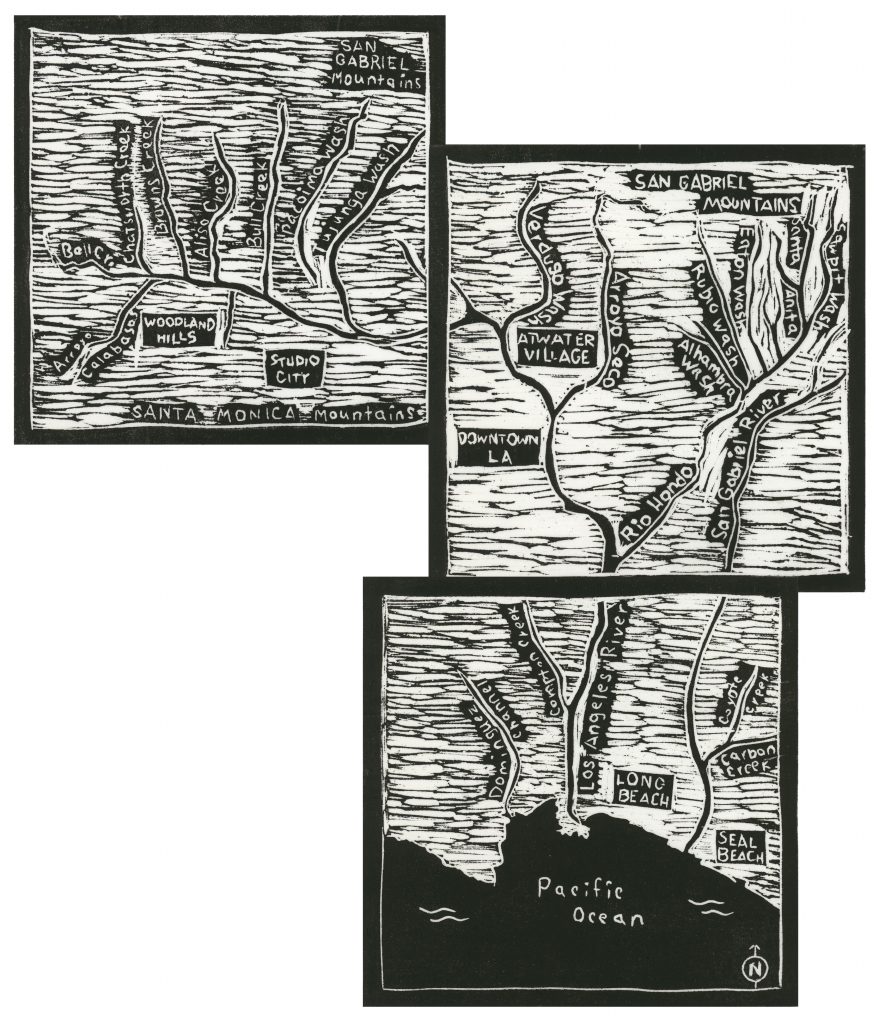 ‘The Los Angeles River and Its Tributaries’ series:
‘The Los Angeles River and Its Tributaries’ series:
Element: Water
Linocut on paper
approx dimensions 11” x14”
$75 (triptych)
Los Angeles was founded in 1781 when a colonial pueblo was established near the banks of the Los Angeles River. Before the city’s modern-day incarnation, the river sustained native Tongva and other tribes for thousands of years. Until the early twentieth century, the river provided the city with its primary water source. The advent of imported water beginning a century ago, coupled with a series of deadly and destructive floods, rendered the river a nuisance and ushered in drastic flood-control measures that turned the LA River more into a constructed channel than a natural waterway. In recent years, strong interest in revitalizing the river and its 51 miles has emerged.
But how can environmental, social and economic outcomes be balanced when varied and at times clashing interests have a stake in the process, and when the river flows through multiple jurisdictions? “The Los Angeles River and Its Tributaries” maps the river in three parts, disconnecting it into pieces. This highlights the challenges of reconciling the three goals of sustainability and the so-called “triple bottom line” – environment, equity and economy. Reconciling the detachment that the city has traditionally had to the river and its tributaries (which are largely unknown to the city’s residents) may not be as easy as putting the prints together into a cohesive whole, but we offer this to be as a though provocation to start.
CLICK HERE TO VIEW FULL PRICE LIST.
To purchase any works, please email avenue50studio@gmail.com.

